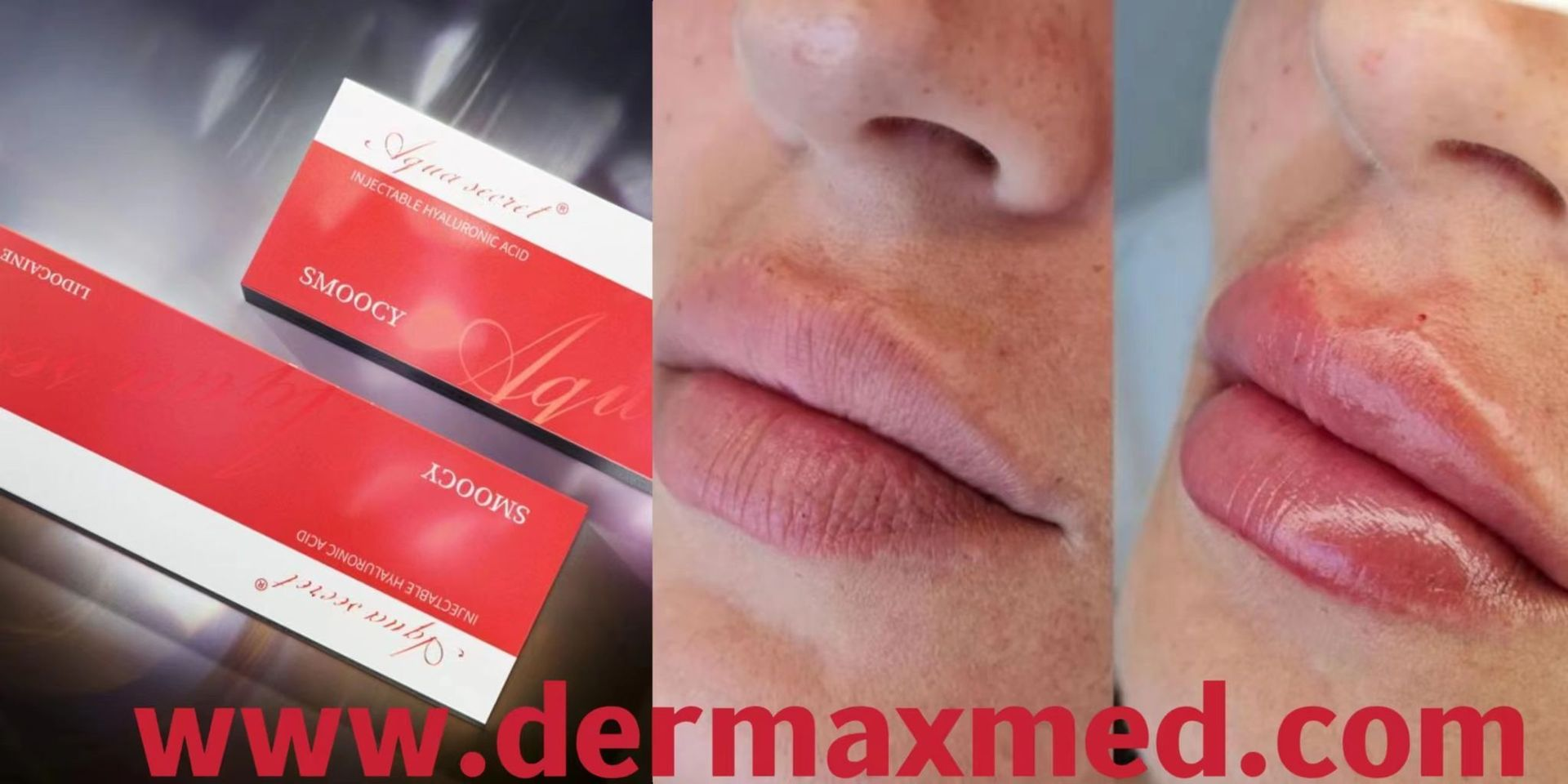











Lip filler migration is a real risk of lip injections and a growing concern for those who opt for augmenting the size and shape of their lips. Perhaps you have seen the latest TikTok videos with unnatural filler results?
While lip filler is becoming increasingly popular to achieve youthful, plump lips, concerns remain about the risk of migration when performed by an inexperienced injector. At Laser & Skin Surgery Center of New York, all lip fillers are performed by board-certified dermatologists to ensure natural-looking results with minimal risk.
Lip filler migration is where dermal filler that has been injected into the lips has moved away from its original location. Lip filler most commonly migrate above or below the borders of the lips or to the inside of the lips.
It can also move around within lips, causing the filler to end up all in one spot causing notable asymmetry and lip filler lumps. The lips are more prone to filler migration than other parts of the face because of their limited space to hold filler, and their constant movement with speaking and eating during the day.
Lip filler migration occurs when the injected substance moves from its intended spot, causing a less-than-desirable appearance, or more commonly called the “lip filler mustache.” The reasons behind this wandering act can vary, from natural facial movements to improper injection techniques. Here’s a quick breakdown of the common issues associated with lip filler migration:
Lips are expressive, and constant movement can contribute to filler migration. Over time, repetitive facial gestures may cause the filler to shift.
Excessive filler volume can overwhelm the lip area, leading to migration. The “more is better” approach doesn’t always apply to lip enhancement.
Inexperienced practitioners may place the filler too superficially. Precision is vital; a skilled hand ensures the filler stays where it should.
The best way to avoid lip filler migration is to see an experienced professional. They will tell you the right filler for you and how often you should come back. You should be able to trust them to tell you no and turn you away if you want too much filler or filler too frequently, as these increase the risk of lip filler migration and may not look right with your features besides.
The person you see should use known, trusted brands. They should also instruct you on appropriate aftercare, as lip filler migration can occur without correct aftercare.
Differentiating between filler migration and improper placement can be challenging. Still, some signs can help you identify the issue. If you notice that the filler has shifted significantly from its initial placement or that the shape and symmetry of your lips have changed drastically over time, it could indicate filler migration.
Additionally, if you observe that the filler has moved outside the intended lip border or has created unevenness in the lip contours, it may be a result of both migration and improper placement. Consulting with an experienced injector or medical professional is crucial in such cases.
They can assess the situation, examine the filler placement, and determine whether the issue is primarily due to migration or improper technique. Their expertise will help guide you towards the appropriate steps to address the concern and achieve the desired results.

Hyaluronidase is an enzyme capable of disintegrating hyaluronic acid, which makes it the perfect candidate for precise lip filler correction. Instead of completely breaking down fillers in the lips, this substance can be injected directly to target problem areas without multiple sessions. Hyaluronidase may be helpful if you want a more symmetrical pout or need some fine-tuning on its shape and size.
Though lip filler injections are temporary and will eventually be metabolized by the body for up to two years, they can sometimes cause aesthetic issues due to migration. If that issue is not particularly severe, consider allowing it to dissipate naturally rather than choosing another solution.
To summarize, lip filler migration is a potential risk associated with lip augmentation procedures. To minimize the migration risk, doctors should prioritize patient safety by carefully selecting appropriate candidates, choosing the filler, using the correct injection technique, and providing clear post-treatment instructions to patients.
In the event of migrating lip filler, you can work with the patient to develop an appropriate treatment plan, including options such as hyaluronidase, massage, cold compress, steroids, or adjusting the treatment plan.
Ultimately, by taking a cautious approach and remaining attentive to potential complications, you help ensure your patients achieve natural-looking, satisfying outcomes from lip augmentation procedures.
Facebook Source: https://shorturl.asia/wCyDj